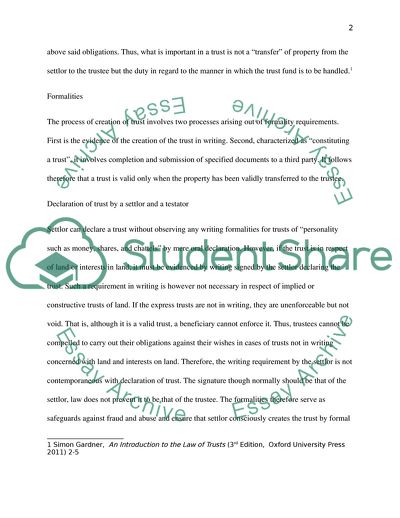Cite this document
(The Main Purposes of Formality Requirements Essay, n.d.)
The Main Purposes of Formality Requirements Essay. https://studentshare.org/law/1791650-what-are-the-main-purposes-of-formality-requirements-discuss-whether-the-formality-requirements-you-have-studied-in-the-law-of-trusts-fulfil-those-purposes
The Main Purposes of Formality Requirements Essay. https://studentshare.org/law/1791650-what-are-the-main-purposes-of-formality-requirements-discuss-whether-the-formality-requirements-you-have-studied-in-the-law-of-trusts-fulfil-those-purposes
(The Main Purposes of Formality Requirements Essay)
The Main Purposes of Formality Requirements Essay. https://studentshare.org/law/1791650-what-are-the-main-purposes-of-formality-requirements-discuss-whether-the-formality-requirements-you-have-studied-in-the-law-of-trusts-fulfil-those-purposes.
The Main Purposes of Formality Requirements Essay. https://studentshare.org/law/1791650-what-are-the-main-purposes-of-formality-requirements-discuss-whether-the-formality-requirements-you-have-studied-in-the-law-of-trusts-fulfil-those-purposes.
“The Main Purposes of Formality Requirements Essay”. https://studentshare.org/law/1791650-what-are-the-main-purposes-of-formality-requirements-discuss-whether-the-formality-requirements-you-have-studied-in-the-law-of-trusts-fulfil-those-purposes.


